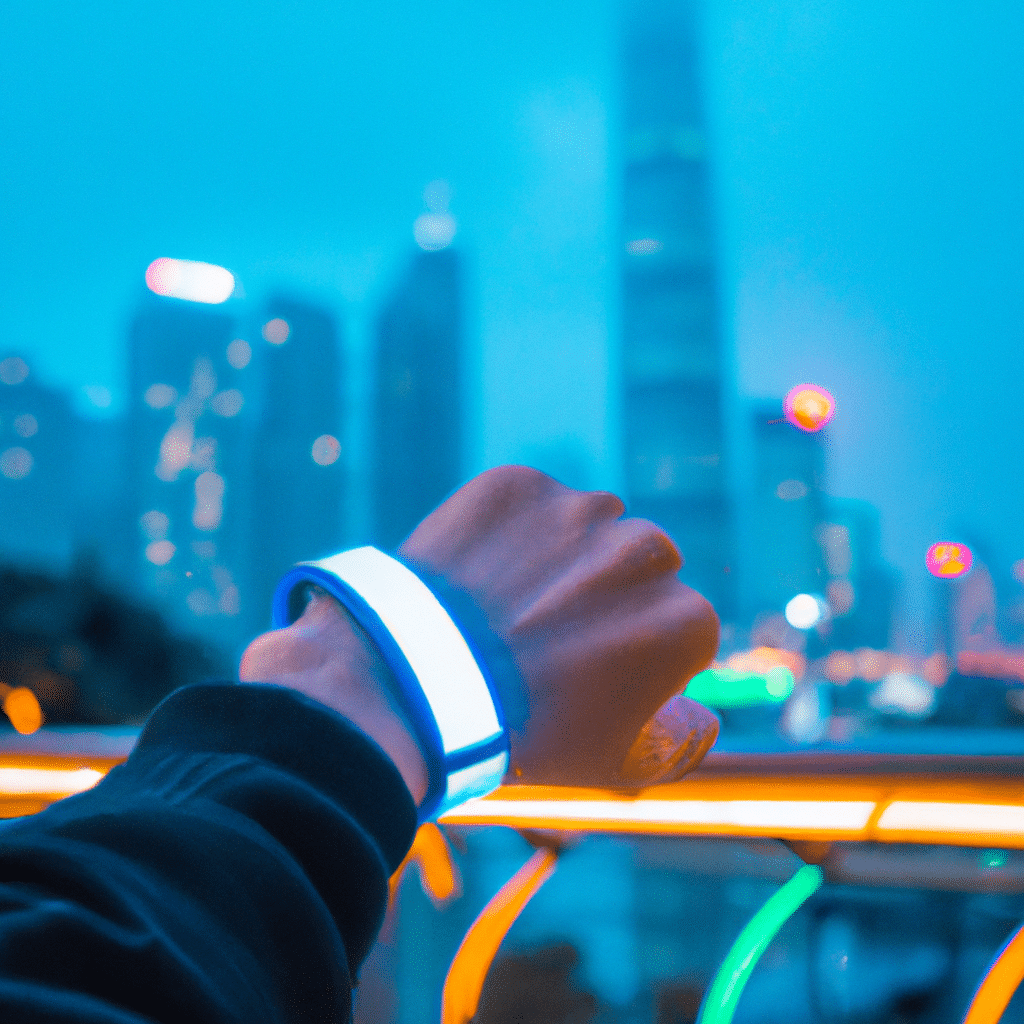IoT-powered Wearable Technology: The Future of Health and Fitness
The world is constantly evolving, and technology is at the forefront of that evolution. The advent of wearable technology has revolutionized the way we live our lives. From tracking our daily steps to monitoring our sleep patterns, wearable technology has become an integral part of our daily routine. With the rise of the Internet of Things (IoT), wearable technology has taken on a whole new meaning. IoT-powered wearable technology has the potential to change the way we approach health and fitness.

What is IoT-powered Wearable Technology?
IoT-powered wearable technology is a combination of wearable devices and the Internet of Things. Wearable devices are electronic devices that can be worn on the body, such as fitness bands and smartwatches. The Internet of Things is a network of connected devices that can communicate with each other. IoT-powered wearable technology uses sensors and other technologies to collect data from the wearer’s body and then sends that data to the cloud, where it can be analyzed and used to provide personalized insights and recommendations.
The Benefits of IoT-powered Wearable Technology
IoT-powered wearable technology has the potential to revolutionize the way we approach health and fitness. Here are some of the benefits:
Personalized Insights
With the data collected by IoT-powered wearable technology, users can receive personalized insights into their health and fitness. For example, a fitness band can track a user’s heart rate, steps taken, and calories burned. This data can be analyzed to provide personalized recommendations on how to improve their fitness routine.
Better Health Monitoring
IoT-powered wearable technology can also be used to monitor chronic health conditions such as diabetes and heart disease. Wearable devices can track a user’s blood sugar levels, heart rate, and other vitals. This data can be shared with healthcare providers, who can use it to monitor the user’s health and provide personalized treatment plans.
Improved Fitness Tracking
Wearable devices can track a user’s fitness progress and provide personalized recommendations on how to improve their fitness routine. For example, a fitness band can track a user’s daily steps and provide recommendations on how to increase their daily activity level.
Increased Motivation
IoT-powered wearable technology can also provide users with increased motivation to achieve their health and fitness goals. Wearable devices can provide personalized feedback and reward systems to help users stay motivated and on track.
Examples of IoT-powered Wearable Technology
There are many examples of IoT-powered wearable technology on the market today. Here are a few:
Fitbit
Fitbit is a popular fitness tracking device that uses sensors to track a user’s steps, calories burned, and sleep patterns. The data is then sent to the cloud, where it can be analyzed to provide personalized insights and recommendations.
Apple Watch
The Apple Watch is a smartwatch that can be used to track fitness and health data. It can track a user’s heart rate, steps taken, and calories burned. It also has features such as fall detection and an ECG app that can be used to monitor heart health.
Oura Ring
The Oura Ring is a smart ring that can be used to track sleep and activity. It uses sensors to track a user’s sleep patterns, heart rate, and body temperature. The data is then sent to the cloud, where it can be analyzed to provide personalized insights and recommendations.
The Future of IoT-powered Wearable Technology
The future of IoT-powered wearable technology is bright. As technology continues to evolve, wearable devices will become even more sophisticated and powerful. The data collected by these devices will become even more personalized and accurate, providing users with even more insights and recommendations.
In conclusion, IoT-powered wearable technology has the potential to revolutionize the way we approach health and fitness. With the ability to collect personalized data and provide personalized insights and recommendations, wearable devices can help users achieve their health and fitness goals. As technology continues to evolve, the future of IoT-powered wearable technology is bright, and we can expect to see even more innovative and powerful devices in the years to come.












